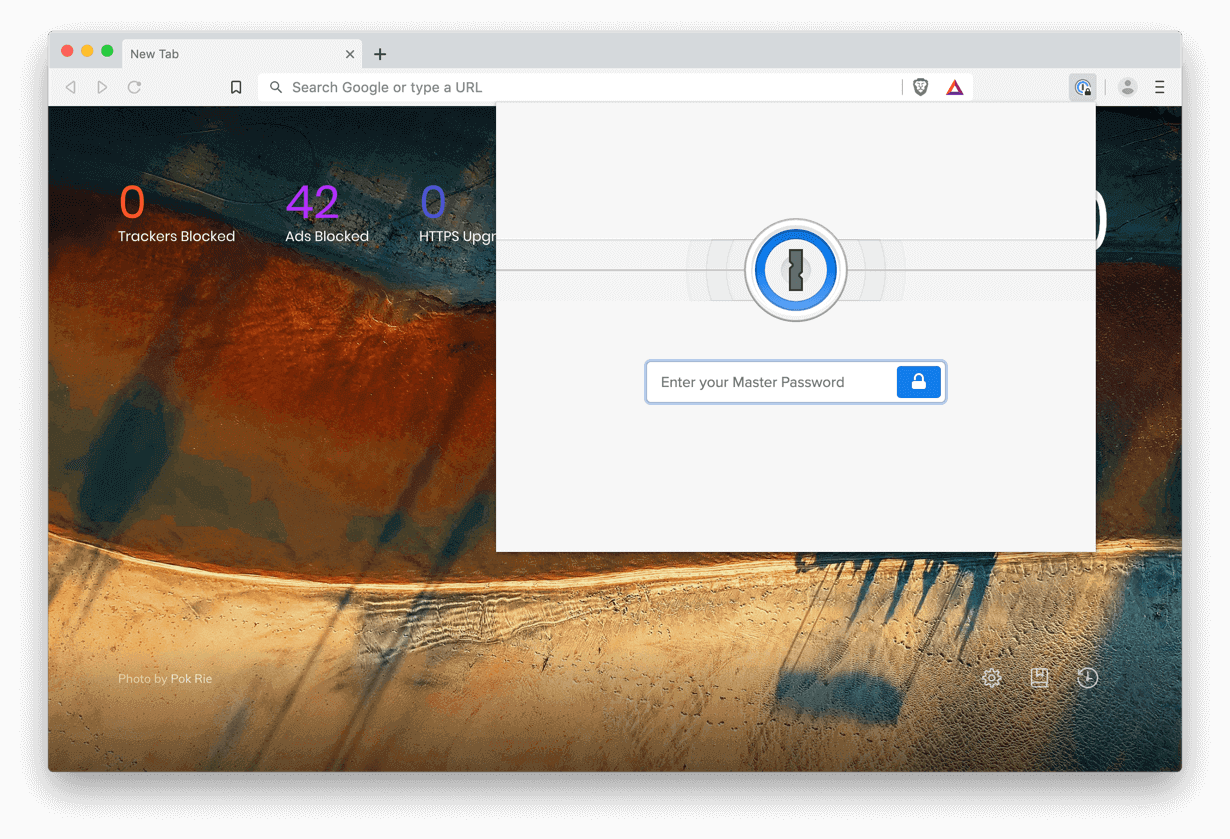
Step 6: If you want to import the passwords, simply select the "Import" option. Step 5: Your list of passwords will be saved on the browser as a plain “Text Csv” file from where you can import all the passwords to your password manager which support “Csv” imports. After entering your password, a "Save" window will popup. Then you will be asked to type your user account password through a popup. Step 4: Here, you are required to click on the "Export" option to export your passwords list. Step 3: Next, head over to Chrome's password manager by typingĬhrome://settings/passwords or go to its "Settings" menu and select the "Manage Passwords" option from the Advanced Settings. Select the "Relaunch Now" option to restart the browser.

Then the Chrome will ask you to relaunch the browser. Step 2: Now, from the drop-down menu, you will select the "Enable" option. Follow the below-given steps to enable the feature: Click the "Enter" key, and Chrome's flags page will appear. Step 1: First of all, you need to open your Chrome browser and write chrome://flags/#password-import-export in the address bar. If your organization uses SSO, you’ll use your SSO login for Dashlane and won’t need to create a Master Password.So the easiest way to import your saved passwords into Google Chrome using a backup CSV is by basically altering your browser's Autofill settings which lets you enable or disable the experimental features. Dashlane encrypts all your data and never stores or transmits your Master Password, which means only you can access your vault, even in the unlikely event of a server breach. When creating an account, members that aren’t using SSO are asked to set a strong Master Password-the encryption key used to unlock the account. Admins can protect their organization by setting policies to easily onboard, offboard, and manage employees’ access to work accounts. Password managers also help businesses improve their cybersecurity. That means you’ll never have to remember or enter a complex password again. With a password manager, you can generate, save, and autofill unique, complex passwords. Plus, your information syncs seamlessly across your devices, so you’ll always have access to your logins when you need them, even if you’re offline. Password managers also enable you to share passwords with groups and individuals, so you and your team can work more efficiently. A password manager makes it easy by remembering them for you. Remembering all your work and personal passwords is difficult.


 0 kommentar(er)
0 kommentar(er)
